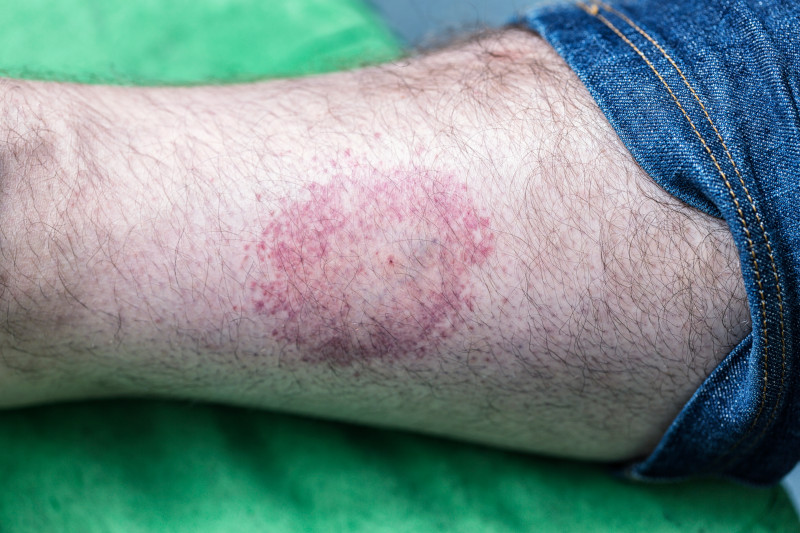Animal husbandry program risk exposures

Agribusiness is a continually growing field, and some schools want to give their students hands-on experience caring for animals. Several curricula are available to guide students through the raising and care of livestock.
Before a school adopts such a program, however, it needs to address several risk control concerns that could become a liability if something goes wrong.
Any program must meet local and federal guidelines and employ the best practices of the industry.
School leaders need to consult with their legal counsel, state department of education and school board before acquiring the animals to ensure the program meets veterinary and agricultural science guidelines. They should also consult with the local municipality to verify that the animals’ location is zoned for domestic livestock use.
Schools should provide proper supervision for the students, animals and program. Supervisors should be knowledgeable about and experienced with the health, care and handling of the animal species used. They will need to understand any applicable laws, regulations and policies related to the school program. A licensed veterinarian should also oversee the medical treatment of the animals. A waiver should be used releasing the school from any liability in the school’s favor upon sale of the animal(s).
There should be a formal policy that outlines the facilities for the animals and the environment in which they are to be kept.
That policy needs to detail how the animals will be fed and watered, transport and handling needs, and what considerations should be made for euthanasia. The policy will include a description of required safe work procedures for any equipment used. It also should require parents/guardians to sign a document acknowledging the injury risk or health concerns associated with coming into contact with animals or being near them.
The area where the animals are kept needs to be restricted.
Only authorized staff and students should be permitted in the area housing the animals. Additionally, no individuals should be allowed to touch the animals from outside the enclosure. It is not enough to simply have this policy—signs must be posted in multiple locations that clearly signify the area as off-limits.
Students need to fully understand the risks and diseases associated with the animals.
Not only should they be taught how to avoid injury, but they should also be educated on diseases the animals could transmit to humans, the risks of acquiring those diseases, symptoms, treatments and prevention. Any known allergies for each student should be disclosed before allowing them to interact with the animals.
The school needs to maintain clear records regarding the animals.
These records should include the animal’s identification, the person responsible for them, and a log that describes the date and time of feeding, water changes and enclosure cleaning. A brief description of the animal’s general health should also be included.
Students should not be permitted to facilitate the breeding of the animals.
Instead, they should be focused on general animal husbandry, such as caring for them, selecting desirable traits through breeding, and using scientific knowledge to improve the animals’ well-being.
If the animal becomes aggressive, there should be a protocol in place.
Because the animal would then pose greater risk of injuring a student or staff member, the school will need to have a plan for removing it from the program. Supervisors should also be reporting any scratches, bites, allergies or other illnesses to the school health authority.
There should be adequate personal protective equipment provided.
Students and staff will be required to don this equipment before having any interaction with the animals. Following any contact with animals or equipment, staff and students should utilize hygiene practices to minimize the potential transmission of diseases.
If schools take these risks and concerns into consideration, they may be better equipped to introduce this type of agricultural education to their students.
Check out these resources for more school program risk control guidance.




